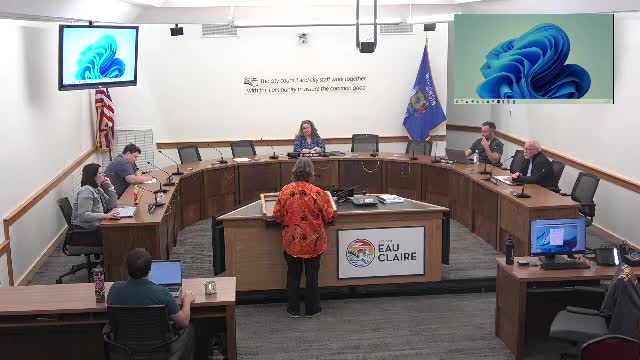City explores innovative solutions to affordable housing crisis
October 09, 2024 | Eau Claire City, Eau Claire County, Wisconsin
This article was created by AI summarizing key points discussed. AI makes mistakes, so for full details and context, please refer to the video of the full meeting. Please report any errors so we can fix them. Report an error »

During a recent government meeting, officials addressed the pressing issue of affordable housing in the city, responding to frequent public inquiries and social media discussions. The city clarified that it does not directly build housing but plays a crucial role in facilitating affordable housing through various programs and incentives.
Key mechanisms highlighted include the Affordable Housing Fund, which aims to bridge financial gaps and enhance housing affordability. Officials noted that the city can sell land at reduced or no cost to developers, thereby lowering overall housing prices. Tax Increment Financing (TIF) incentives were also discussed, with the city emphasizing the need to balance developer interests with affordability requirements.
The Low-Income Housing Tax Credit (LIHTC) was identified as a vital tool for constructing new low-income housing, as it is challenging to achieve affordability below 50% of the county's median income without it. Developers often focus on workforce housing, which typically caters to those earning between 80% and 120% of the median income.
Innovative housing models, such as manufactured and modular homes, are being explored to address affordability. These options could provide housing priced between $152,100 and $200,000, potentially increasing the availability of affordable units.
Despite these efforts, officials acknowledged that the primary challenge remains the overall housing supply. A target vacancy rate of 5% to 8% is deemed necessary to create a more comfortable housing market and enhance affordability. Observations from local areas, such as Randall Park, indicate a shift in demographics, with more diverse residents moving in, suggesting a changing landscape in housing demand.
Key mechanisms highlighted include the Affordable Housing Fund, which aims to bridge financial gaps and enhance housing affordability. Officials noted that the city can sell land at reduced or no cost to developers, thereby lowering overall housing prices. Tax Increment Financing (TIF) incentives were also discussed, with the city emphasizing the need to balance developer interests with affordability requirements.
The Low-Income Housing Tax Credit (LIHTC) was identified as a vital tool for constructing new low-income housing, as it is challenging to achieve affordability below 50% of the county's median income without it. Developers often focus on workforce housing, which typically caters to those earning between 80% and 120% of the median income.
Innovative housing models, such as manufactured and modular homes, are being explored to address affordability. These options could provide housing priced between $152,100 and $200,000, potentially increasing the availability of affordable units.
Despite these efforts, officials acknowledged that the primary challenge remains the overall housing supply. A target vacancy rate of 5% to 8% is deemed necessary to create a more comfortable housing market and enhance affordability. Observations from local areas, such as Randall Park, indicate a shift in demographics, with more diverse residents moving in, suggesting a changing landscape in housing demand.
View full meeting
This article is based on a recent meeting—watch the full video and explore the complete transcript for deeper insights into the discussion.
View full meeting
